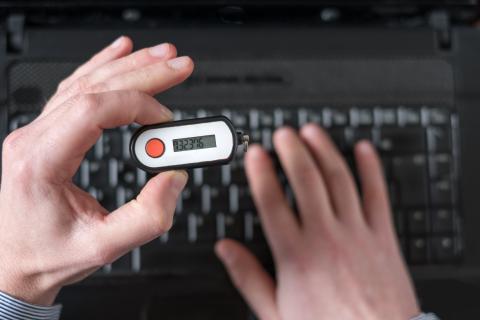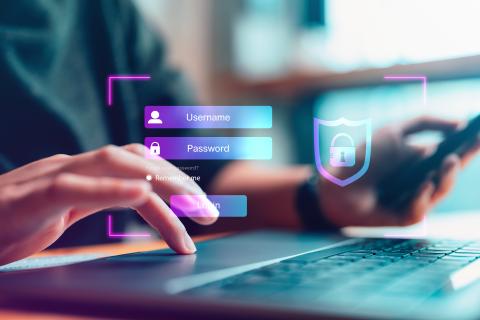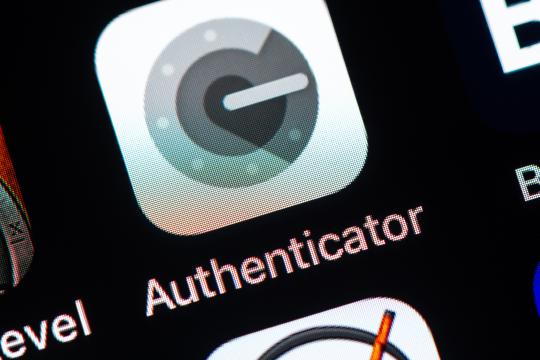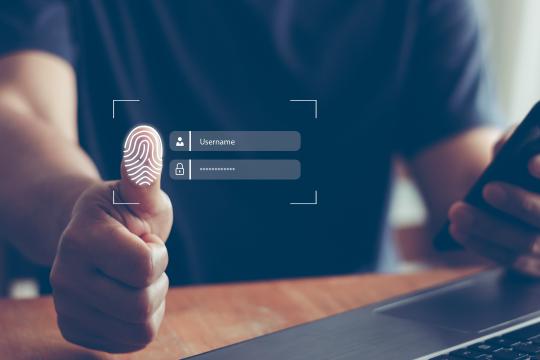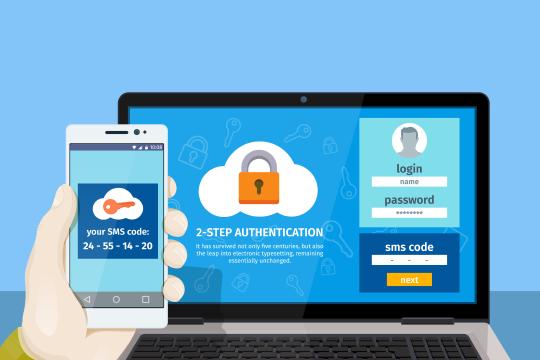Something you are
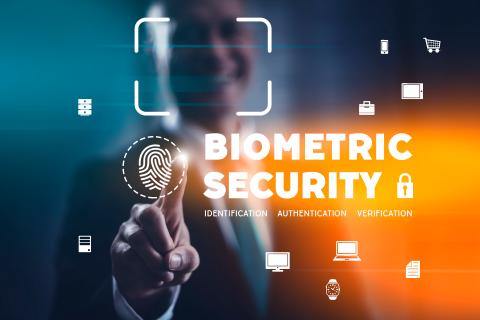
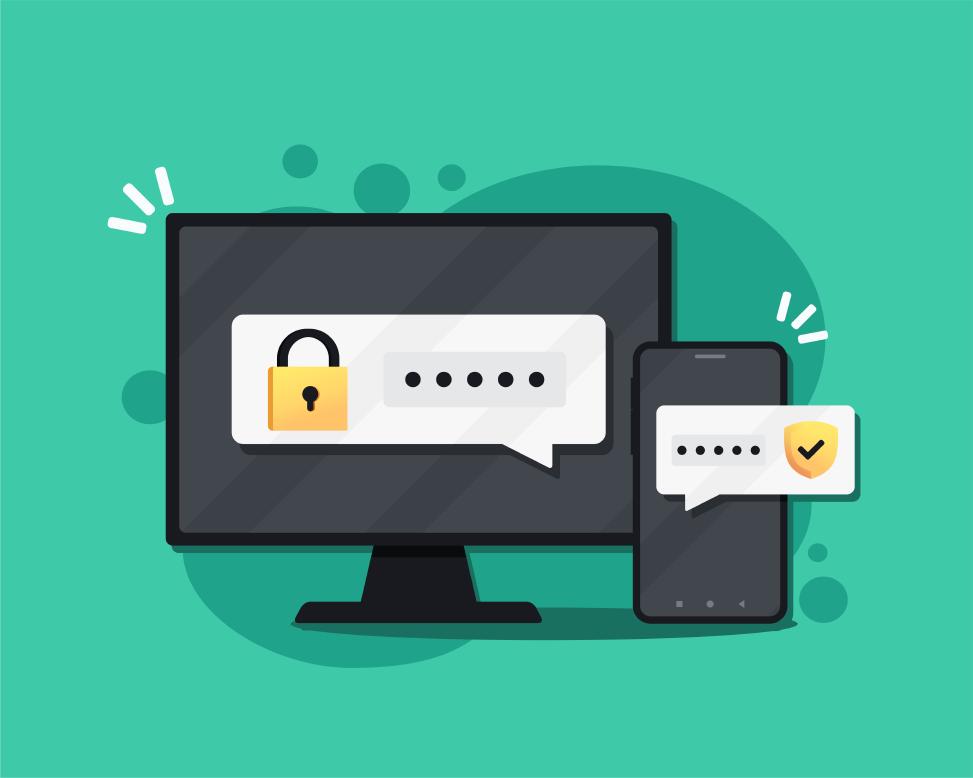
Authentication with username and password is generally a very secure way to log in to an application, if done correctly. However, due to weak chosen passwords by the user as well as re-used or shared passwords, millions of user accounts have been hacked and passwords breached. Using more than just a password for authentication but rather additional authentication factors increases the security level of your user account tremendously.
The advantage of multi-factor (two-factor) authentication: the user usually only has to identify themselves with multiple factors the first time they log in. From the second time onwards, the user’s smartphone or computer is remembered and only one authentication factor is required. Hereby, the application provider is relatively free and flexible to deciding which first and second authentication factor they want to choose. Hence, implementing the multi-factor authentication method (often also called two-factor authentication method) is easy, user-friendly and lets you sleep much better due to an increased level of security .
Since September 14, 2019 the European Union has required the payment and banking industry to protect their users with at least a two-factor authentication for most electronic payments. More and more other online application providers with sensitive user data have followed suit to best protect their customers’ data. When will you implement multi-factor authentication?

Another authentication factor is based on possession or something only the user has. This authentication method has been known for centuries and is still used today in form of keys and a corresponding lock. Nowadays, other forms as smartcards, smartphones or security tokens haven taken over as authentication factors in the modern digital world.
Nowadays, the most common versions are TOTP (Time-based one-time password, mostly used by authenticator apps – see below), DUO or YubiKey sticks.
